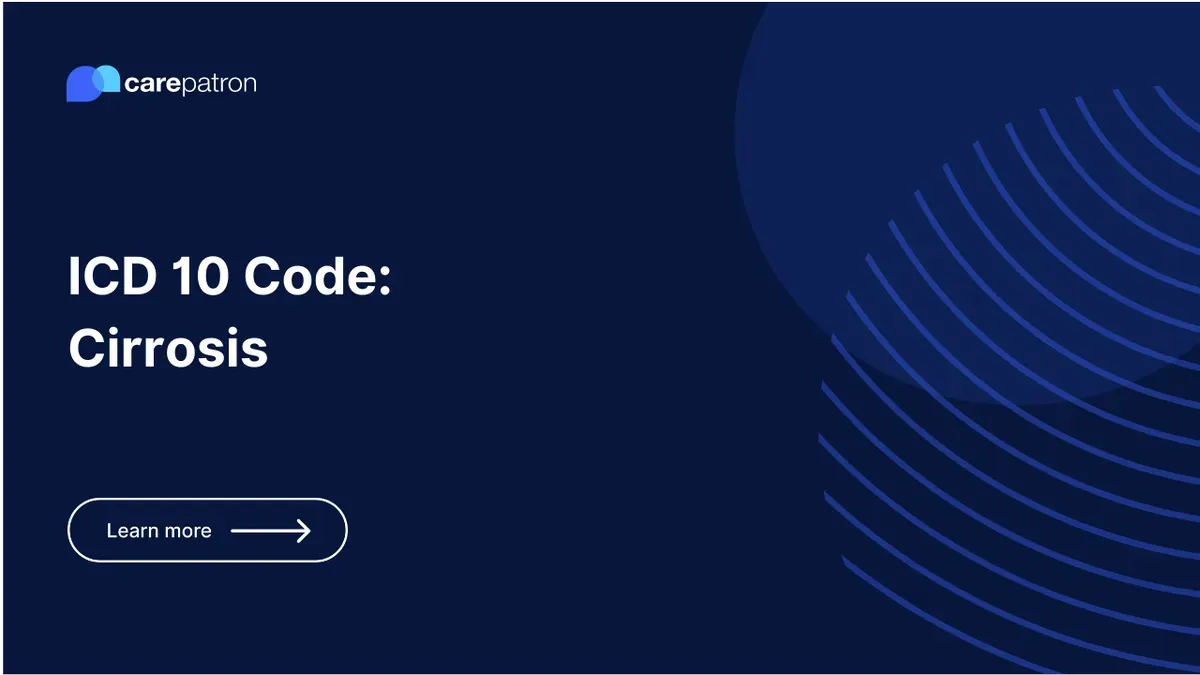
Cirrosis ICD-10-CM Codes
Learn everything you need about Cirrhosis ICD-10-CM codes for 2023. We've covered you in commonly used codes, clinical information, synonyms, and frequently asked questions.
Use Code
Commonly asked questions
Yes, cirrhosis can be life-threatening. It can lead to severe complications like liver failure and liver cancer. Early detection and treatment can often halt or slow disease progression.
No, cirrhosis can't be reversed. However, it's possible to manage the symptoms and slow the progression of the disease. In advanced cases, a liver transplant might be the only treatment option.
Cirrhosis can be diagnosed using a variety of tests, including blood tests and imaging tests like a CT scan or ultrasound of the liver. Sometimes, a liver biopsy may be needed to confirm the diagnosis.
EHR and practice management software
Get started for free
*No credit card required
Free
$0/usd
Unlimited clients
Telehealth
1GB of storage
Client portal text
Automated billing and online payments
